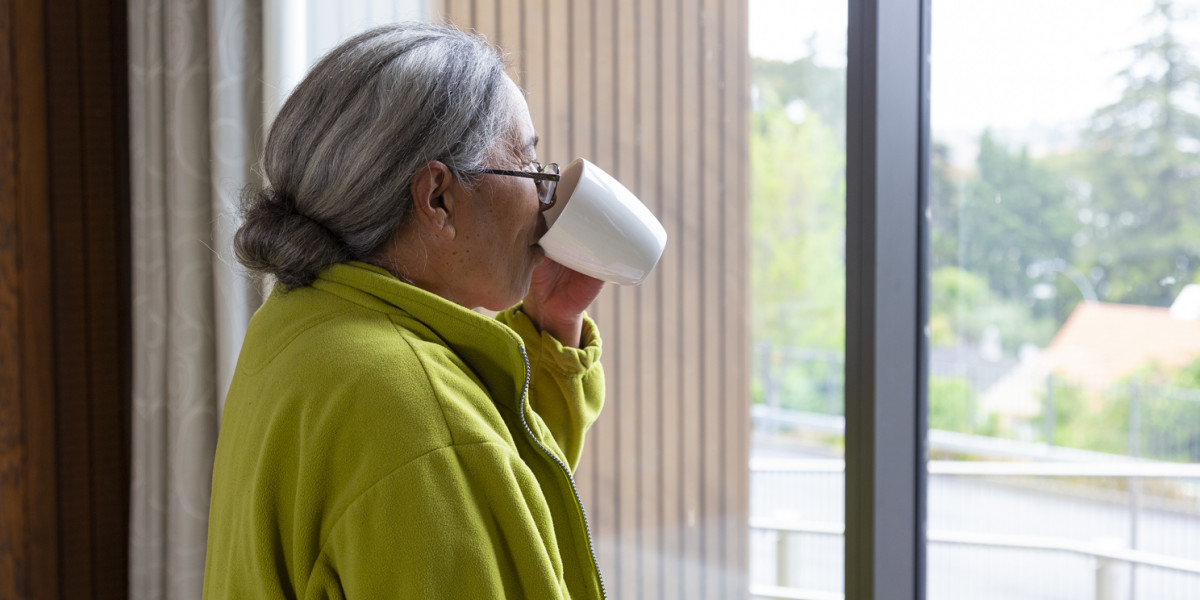The Cancer Society of New Zealand urgently calls on the Government to invest in the radiation oncology workforce to avoid even longer wait times in 2022. There are already significant waiting times across large parts of New Zealand for radiation services.
About half of all cancer patients would benefit from radiation therapy as part of their treatment. Current forecasts show that New Zealand will drop from 64 radiation oncologists in 2019 to only 58 in 2029 with the current levels of training and a third of the workforce set to retire in the coming years. Unfortunately, New Zealand is likely to see an increase in cancer diagnosis over the same period.
Cancer Society Medical Director Dr Kate Gregory says: “Radiation oncologists are already under significant pressure, working longer clinical hours and at worse pay than their international colleagues. A whole team is responsible for radiation treatment and there is also a significant shortage of radiation therapists and medical physicists.”
Gregory says the Government needs to start funding more training posts for radiation oncologists to increase the workforce. Also, the training programme takes five years to complete and therefore investment is now required to avoid a critical situation in the coming years. At the moment, there are very limited funded posts in New Zealand and many trainees go overseas, often not returning once qualified and established.
Kristy Christensen from Te Kuiti is one of the people who experienced radiation treatment delays. “As a patient with Stage 4 cancer, it’s extraordinarily scary to see the under resourcing in the system. Despite having extremely aggressive breast cancer, I had to wait 6 weeks longer for radiation due to back logs in the system from the Waikato ICT outage and the Covid lockdowns. Hospital staff did their best, but the system is so stretched that there was nothing more they could do. It’s shocking,” says Kristy.
The Cancer Society warns more needs to be done to avoid radiation services in some areas effectively collapsing in the near future. It wants the Government to purchase more medical linear accelerators (LINACs), the device most commonly used for external beam radiation treatments for cancer patients. While some “new” LINACs are confirmed for Hawke’s Bay and Whangarei, these will not add any additional capacity to radiation services. Instead, they’re replacements for LINACs in Auckland and Palmerston North that are due to be decommissioned.
Dr Kate Gregory says: “We need more LINACs in our regions to have cancer care closer to home, reduce inequities and ensure the system can provide an appropriate standard of care. Access to radiation services as close as possible to the patients’ home is an important and pressing issue. It takes years for the radiation oncology workforce to be trained, and for planning and building the radiation-safe structures and installing the LINACs.”
“We really hope the Government will make radiation therapy a priority in the Budget this year,” ends Dr Kate Gregory.
ENDS
Cancer Society Medical Director Dr Kate Gregory is available for comments. To schedule an interview, please contact:
Linda Heerink
Communications Advisor Cancer Society of New Zealand
linda@cancer.org.nz
021 172 8036

